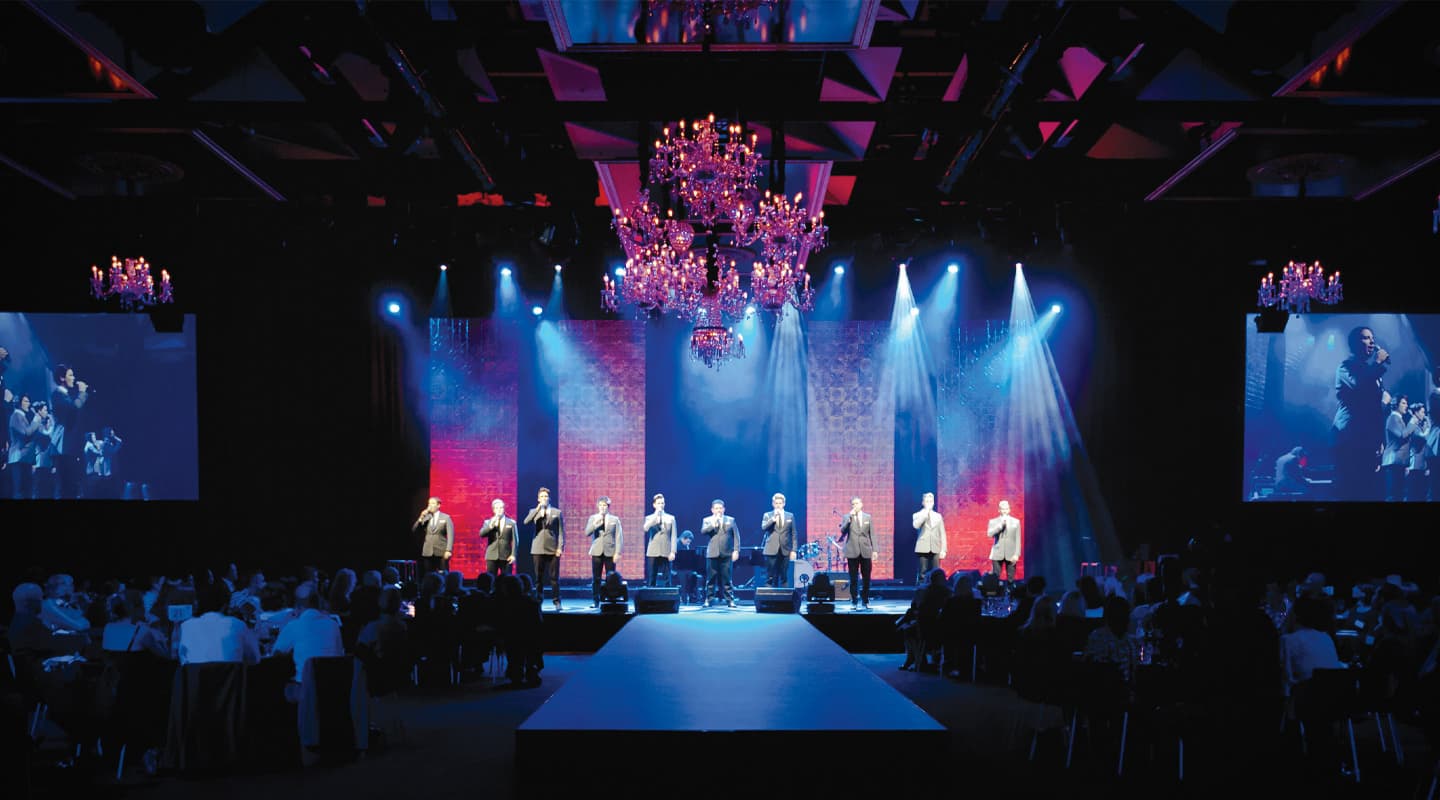
MCEC Revisited
How the original vision for MCEC has survived three years of operation.
Text:/ Andy Ciddor
Images courtesy MCEC
When the Melbourne Exhibition Centre’s vast new convention centre was opened in 2009 to create the Melbourne Convention and Exhibition Centre, AV went along to have a look at what all the fuss was about. To save you trying to find who’s borrowed your much-thumbed copy of AV Issue 7, here’s a brief summary of what we found at the time:
DOWN MEMORY LANE
In addition to the aggressively low-energy, low-waste approach taken in the building’s design and construction, we were impressed with the decision to equip all 30 of the meeting and conference spaces at a level that would meet the requirements for better than 80% of hires, without moving much more than a hand-held wireless microphone or moving the control point from its long room (portrait) position to its wide room (landscape) operating position.
We marvelled at how the lower level of the 5553-seat plenary hall could be transformed from flat floor to tiered seating in just 10 minutes at the press of a couple of touchscreen buttons and divided into three independent halls by sound-isolating operable walls at the press of a few more. The question in many people’s minds back then, was whether this impressive system would be needed for fast turnarounds often enough to justify the very substantial investment.
The backend systems that support the MCEC’s 30 meeting rooms really made an impression. The nested-star architecture, with a central control room monitoring three satellite control and equipment rooms, that in turn each feed a cluster of 10 or so meeting rooms, looked like a workable balance between minimised cable runs, operator proximity to the spaces, and centralised control.
Although we didn’t have room to write much about it at the time, in the banquet room we were shown a very spacious venue, fitted with a great deal of cable infrastructure and lots of rigging points, but not very much in the way of gear to hang from them.
BACK TO THE FUTURE
Fast forward through three very hectic years of operations with growing occupancy rates and high demands on the centre’s facilities, and let’s see what’s happening in the real, working version of the MCEC.
For the first two years of operation (during the warranty period for the building) AV maintenance and repairs were carried out by Rutledge Engineering, which had installed and commissioned the technology for the consortium that built MCEC. Since then, technical support, operations, equipment maintenance and repair have been handled completely in-house by MCEC.
Many of the simpler meetings and presentations are now run entirely by hirers using the installed equipment, secure in the knowledge that all in-use venues are monitored by MCEC support staff in either a local control room or master control, with help just a touchscreen button away. Technical Services Manager, Paul Rumble is proud of the fact that many clients never actually get to push that button, because the support staff have already spotted the problem and either intervened remotely or despatched a tech to the room.
Found in every single meeting room, the custom-designed MCEC lecterns, equipped with everything from both AMX and computer touchscreens, to a wine-chiller and a local computer with its full-size keyboard secreted in a draw, have been a great success. The only drawback to the system has been that the huge range of options and controls on the AMX touch panel have intimidated, and sometimes bewildered, less tech-savvy presenters. To make tech support simpler and reduce the fear for untrained users, a new top-level system screen contains three big, friendly buttons for ‘Computer’ ‘DVD’ and ‘Help’ (though I didn’t see the words Don’t Panic). All existing functionality remains on the next layer of screens.
The Gala Venue lift system that transforms the lower level of the plenary hall from tiered seating to a flat floor continues to be operated by Brookfield Multiplex, a member of the consortium of bodies that built and own MCEC. By now, there’s no question the seating system enables events to be packed pretty tightly into the plenary hall and its three subdivided alter egos. In fact, the plenary complex is getting enough work that the lighting equipment originally intended to be shared with the banquet hall now permanently lives in the plenary hall area.
The Ten Tenors perform in the made over Grand Banquet Room using the new lighting rig, new Meyer PA and new the Christie projectors on the new 6m screens.

PROJECTING AN IMPRESSIVE IMAGE
There’s also been a Barco HDX14 projector added to the fleet as a backup for the plenary halls’ existing FLMHD18 and FLMHD14 projectors. And on the matter of projectors: after three years of hard work, the meeting room fleet of HD projectors is scheduled to be replaced this year, so the hunt is now on to find machines that are green, reliable, bright, well-networked and cost-effective to own.
The banquet room has already had all four of its projectors replaced with Christie Roadster HD10Ks to enable good quality projection at the higher ambient light levels required for many functions, especially those with live stage performances. As an added benefit, larger (6m) projection screens are now available as an upgrade for banquet hall functions.
Large national and international events at MCEC are increasingly requiring high-bandwidth video linkups for media coverage, web streaming and live connections to other venues. To enable uncompressed high-definition video to be produced or displayed in any of the meeting rooms, a venue-wide network of HD-SDI cabling and routing has now been installed alongside the existing fibre network by the house technical and engineering staff. It’s ever-so-slightly ironic that a venue which proudly started from day one with an all-digital HD digital video network has upgraded its capabilities by adding 75Ω coax in its newfound digital role.
While death-by-PowerPoint and simple DVD replay still form the basis for many of the presentations hosted at MCEC, an increasing number are using multiple sources that include media servers, network feeds, blended multi-source images, cameras, computer generated effects and interactive material.
These presentations require more than can be achieved with the basic source-selection and overlay capabilities of the standard lectern and PC-based system found in every room, so MCEC staff are constantly putting together custom systems for each booking. As the time taken to assemble, configure and test every system has to be billed to the client, MCEC have been looking for a way to offer these facilities at an affordable and competitive price. Enter the Video Desk.
After some months of testing various prototype configurations on presentations across the spectrum, the operations and engineering teams have settled on a design for a standard mobile video presentation system built into a desk that can be wheeled into any space in MCEC to run a multi-source and/or multiscreen presentation. Each desk has three 24-inch monitors, two computers with swish video cards, a Barco Screen Pro II video processor, a vision mixer with digital effects and a PTZ remote controller for the cameras located in every room. Soon there will be a dozen of them rolling around the venue.
A MORE SUMPTUOUS BANQUET ROOM
On my original visit to MCEC I got a strong impression that the 1500-seat Grand Banquet Room which can be divided into two independent spaces was treated in the fitout as a bit of a technical Cinderella. The kitchens were superbly equipped, but it seemed that nobody was sure how much work the conjoined banquet spaces would attract, so only basic infrastructure was installed, to allow for a range of future possibilities.
I also noticed the kind of big slap echo that most people (except someone on the original design team) would expect from a pair of very-large, totally-rectangular boxes with acoustically-reflective walls. This is hardly a major selling point for rooms that will feature background music, live bands, stage performances, and endless slurred speeches at weddings, bar mitzvahs and awards nights – not to mention the odd conference plenary session.
The first step in the solution was to change the acoustics of the rooms to defeat the standing waves between the highly-reflective parallel walls. The ‘back’ wall of the space was modified in shape from being flat to having a series of vertical angled-panels (like a louvred door on its side) to break up the front-to-back reflections. Meanwhile, the ‘side’ walls and the operable wall that divides the space were treated with panels of an acoustically-diffusing material (it looks like carpet) to substantially reduce the reflections from these surfaces without totally deadening the space. The result is a large venue that no longer sounds like one.
With the rooms less live, it was then possible to use a larger PA to fill the space with the bigger, bolder sound needed by so many clients. The existing Nexo GEO boxes were combined and redeployed as a live performance PA and a brand new Meyer UltraSeries system was bought for the banquet room. The PA is flown from some of the new chain hosts that have been hung on rigging points in high-use locations.
AND ON A LIGHTER NOTE
The new, dedicated banquet room lighting rig is also flown on chain hoists hung from the original constellation of ceiling rigging points. While those hanging points may have proved very useful for the current applications of the space, the extensive DMX lighting control network has not proved to be so valuable. With the sparse distribution of luminaires over such a large space, the traditional DMX daisy-chain topology is much more cumbersome than a DMX-over-Ethernet star arrangement. DMX distribution is being handled by a network of Pathport Ethernet-to-DMX nodes connected via Pathport’s Ethernet protocol, running over the venue’s widely available IP network.
WI-FI FOR THE MULTITUDES
In this second decade of the 21st century, no conference, meeting, working breakfast, trade function or school excursion can take place without plentiful internet connectivity. Never more so than when you’re hosting a conference for thousands of physicists or a symposium for nuclear magnetic resonance diagnosticians who all want to check their emails and tweet about the quality of their dessert at every opportunity.
MCEC is the first venue in the country to offer blanket-coverage of free 512kbps wi-fi. The system is substantially more sophisticated and more capable than what you get from stringing a few commodity wireless access points around the foyer. During a recent physical science conference where evidence for the existence of the Higgs Boson was revealed via an international video link, the system handled a peak of around 5000 simultaneous wi-fi sessions, although its capacity excedes 15,000.
It’s always interesting to visit a new facility a few years after it has opened and see which of the attempts to predict the needs of the future occupants were successful. It will be even more fun to watch the process soon to take place at Darling Harbour in Sydney as the SCEC is demolished and rebuilt.

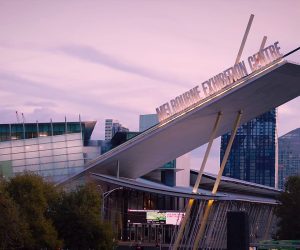
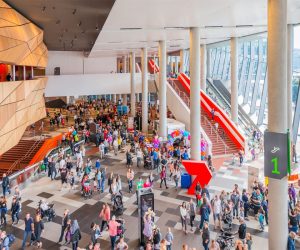
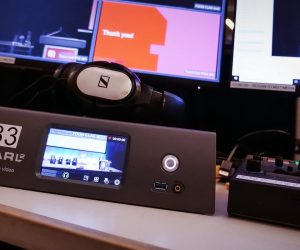
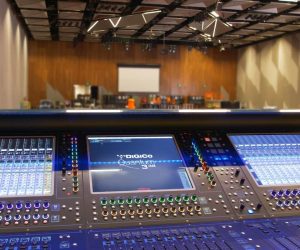
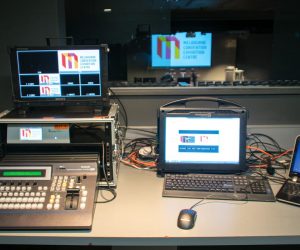
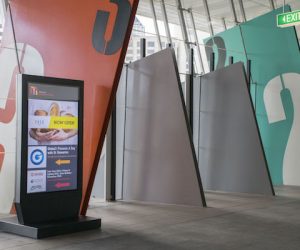
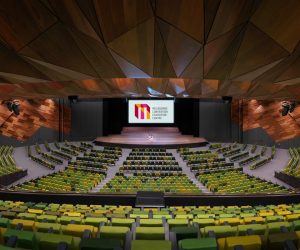
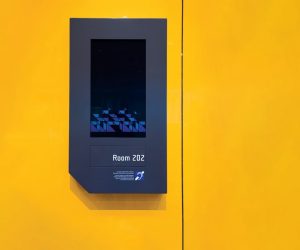
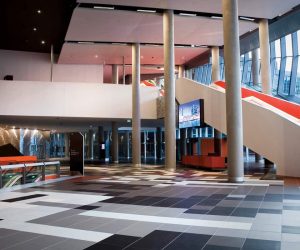




RESPONSES